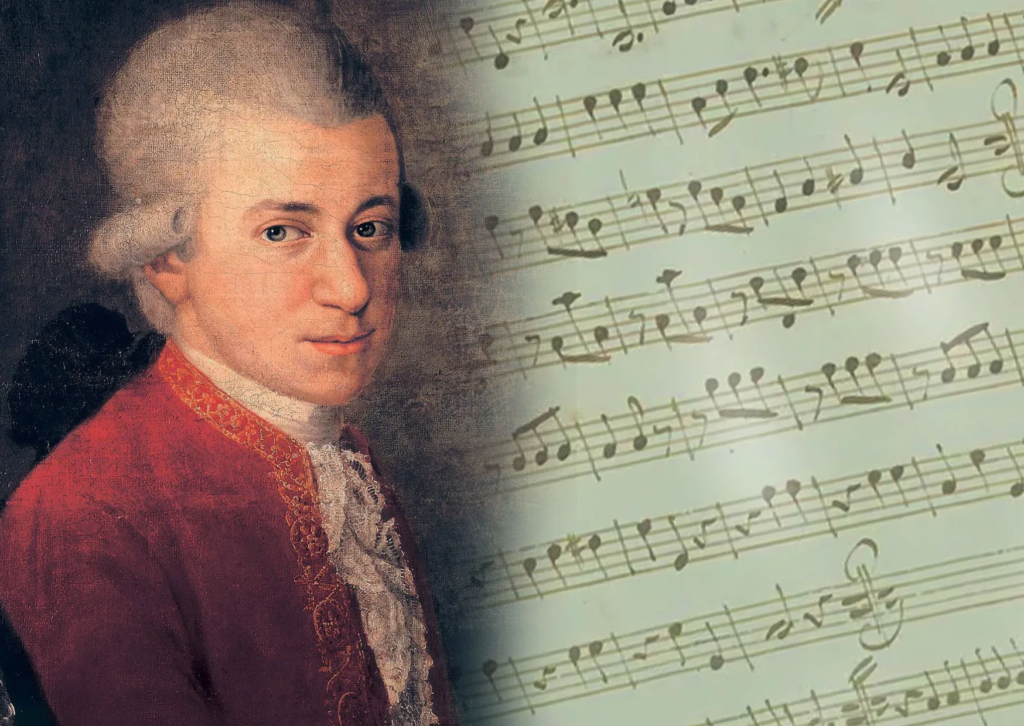In 2024, Mozart surprised the world when a new composition of his was unearthed after centuries. Discover more about this remarkable find.
The musical legacy of the 18th century is still being felt to this day. From Vivaldi to Haydn, Beethoven to Bach, the composers and musicians of the period left an incredible legacy and rightly remain cultural icons well into the 21st century.
Of course, we’re missing an important name here: Mozart. And Wolfgang Amadeus’ story is perhaps the most remarkable of them all, as he was only 35 when he passed away in 1791, and yet he still left us a vast body of incredible artistic achievement.
In fact, he left us even more than we perhaps realized. In 2024, more than 230 years after his untimely death, a new piece of Mozart’s music was discovered.
An Incredible Discovery in Leipzig
A team of researchers were examining the Carl Ferdinand Becker collection at the Leipzig Municipal Library. As the team delved into this collection, they noticed something strange: a never-before-seen composition.
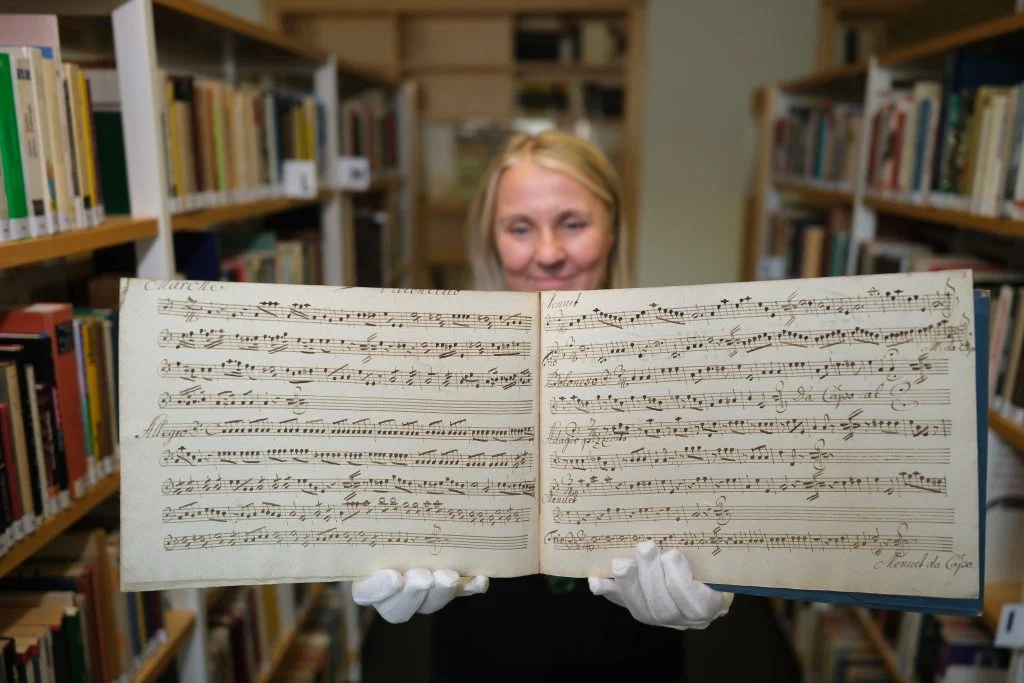
To the untrained eye, the work appeared modest and inconsequential. It was written on the laid paper common in the Early Modern period, and drafted in brown ink that didn’t exactly illuminate the page.
But the researchers’ eyes were not untrained. They knew what they were dealing with. It was a discovery of epic proportions.
The Lost Mozart Composition
The piece was not completely unknown. Entitled “Serenade in C,” the work had been in the library’s possession for years, but was unsigned, and no one knew where it had come from.
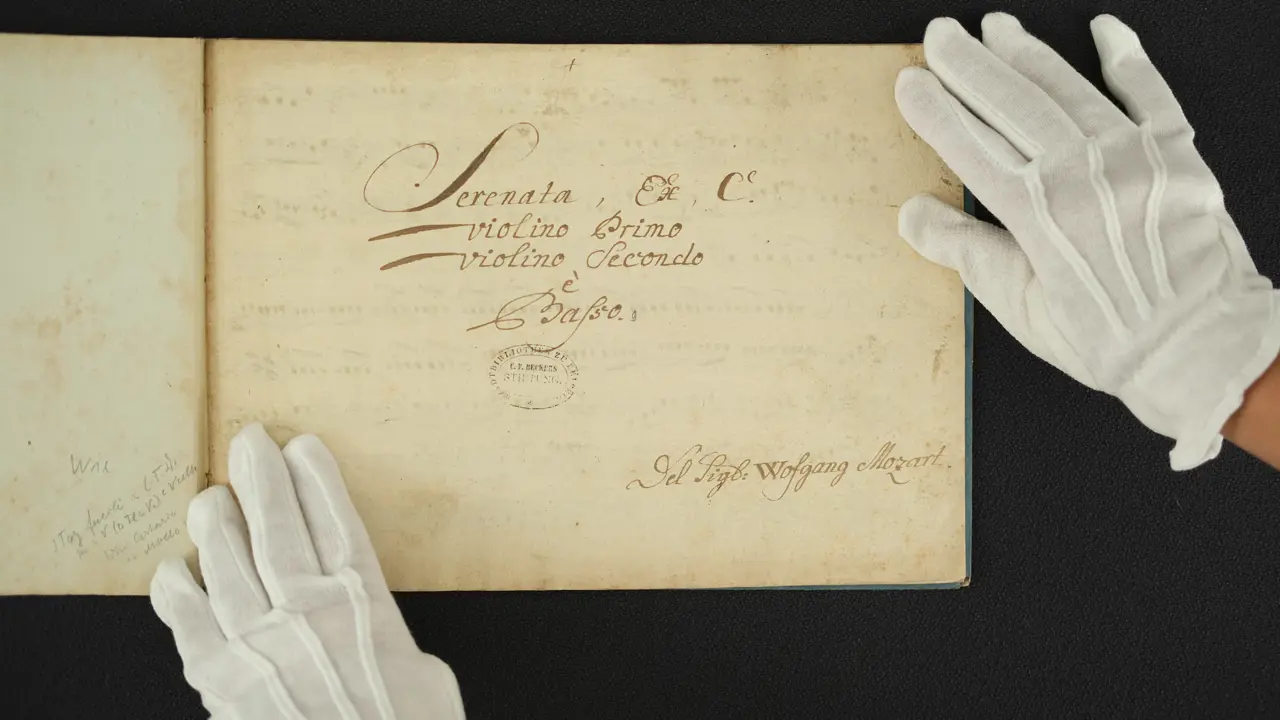
As the researchers explored its history, they realized that the original composition was by Mozart himself, and that he’d written it sometime in the mid-1760s. This made the piece an early example of Mozart’s oeuvre, written while he was still a teenager and still developing his musical palate.
The immediate result was that the Köchel catalogue was immediately out of date. This catalogue is known as a comprehensive selection of Mozart’s compositions, but with a new piece suddenly emerging, it needed to be revised.
The updated version of the catalogue was published by Breitkopf & Härtel and the International Mozarteum Foundation Salzburg, the composer’s hometown.
In honor of the team’s work, the Leipzig Municipal Library was presented with a copy on September 19, 2024, and the work was played for those in attendance. Spanning a little over 12 minutes, the composition left audience members enchanted.
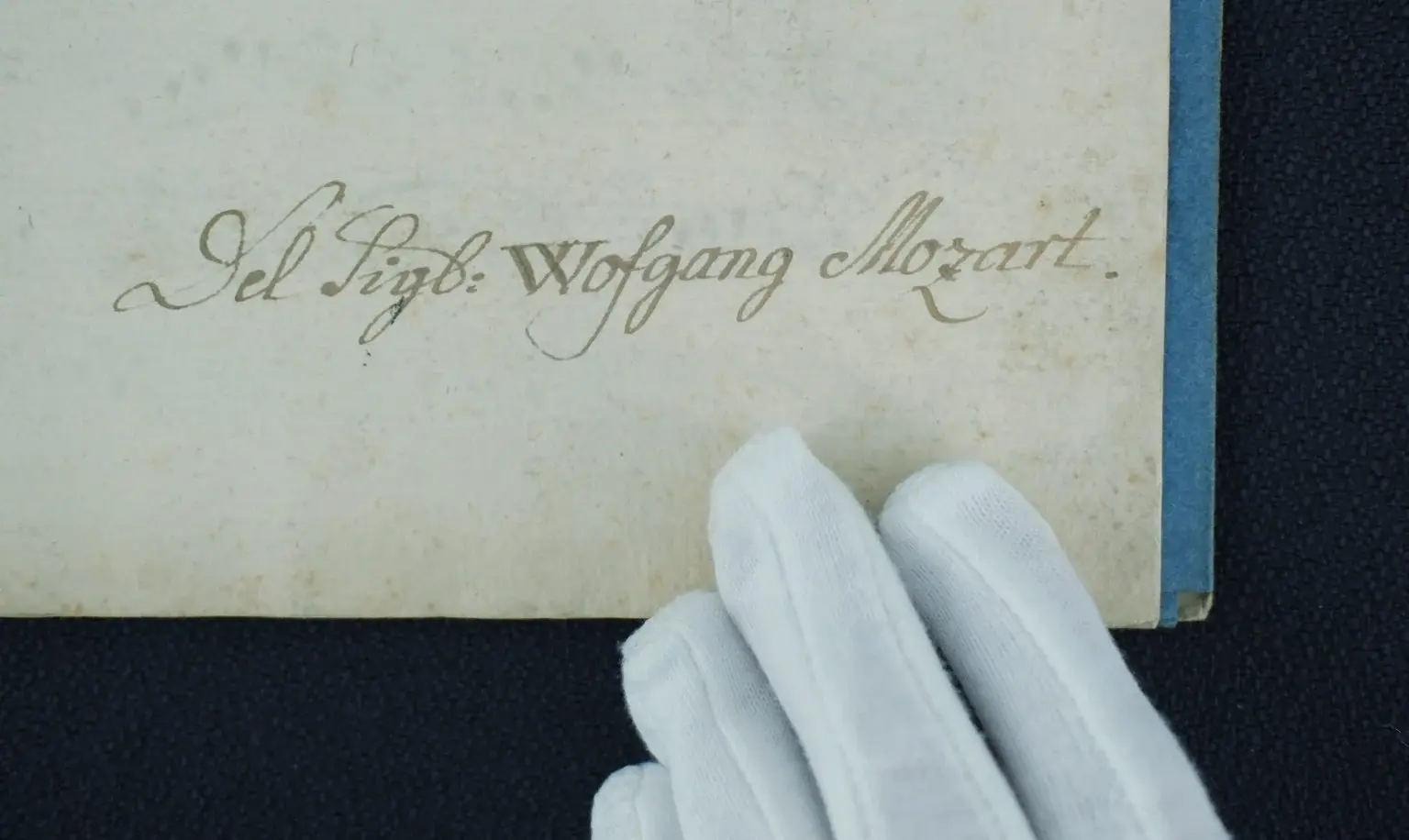
It may not be Mozart’s most technically accomplished work, but the opportunity to hear something new from one of history’s greatest geniuses was simply spellbinding.
Two days later, the piece was performed live at the Leipzig Opera by a trio from the Johann Sebastian Bach School of Music. The power of Mozart’s music was still alive and well, and coursing through all involved.
The Fame and Legacy of Mozart
Wolfgang Amadeus Mozart came into this world on January 27, 1756, in Salzburg, part of the Holy Roman Empire. Born into a musical family, it didn’t take long for Wolfgang to make his own inroads into composition.
His sister Nannerl recalled her younger brother’s early forays into artistic expression: “At the age of five,” she said, “he was already composing little pieces, which he played to his father, who wrote them down.”
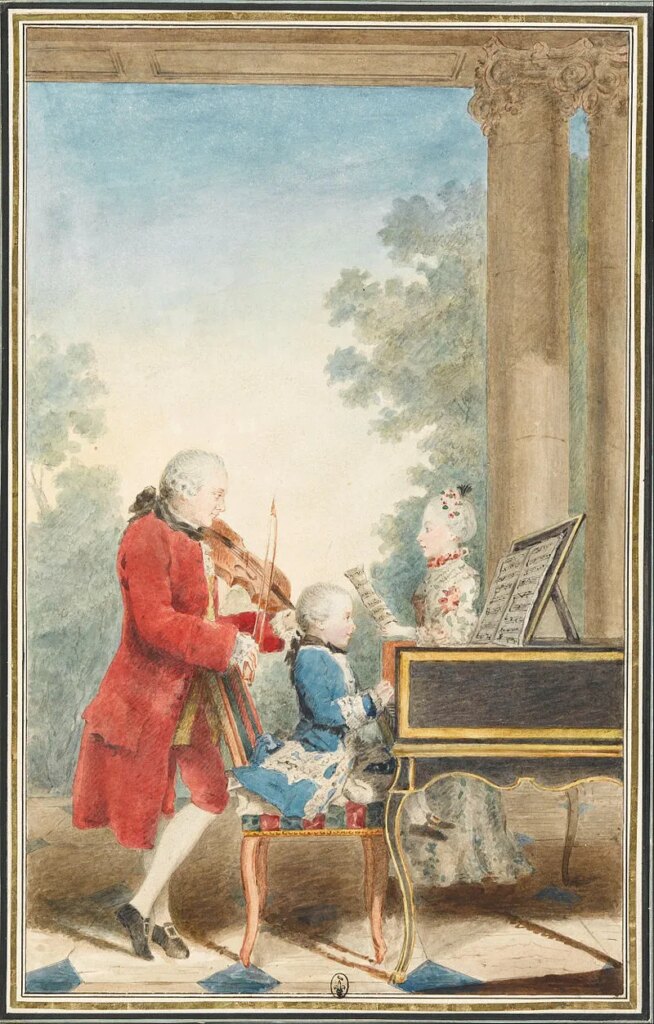
Over the next three decades, Mozart would become a real celebrity. While based in Vienna, he created a string of well-loved works that cemented his fame and legacy. Though only 35 when he died, Mozart made an almost unparalleled contribution to music, and his work is still played, interpreted, and loved to this day.
Mozart’s story is tinged with tragedy. He never achieved the financial security he surely deserved and died young. However, he would be overjoyed to learn of the profound impact his work has had on people down the centuries.
Missing Music
There’s something naturally intriguing and captivating about lost musical works. Whether it’s the fabled third of Ralph Vaughan Williams’s Norfolk Rhapsodies or the much-discussed Stars tapes, made by Pink Floyd founder Syd Barrett along with John Alder and Jack Monck, the idea of never-to-be-heard music really captures the imagination.
Mozart even still has one of his own pieces of lost music. The Symphony in C Major exists only in the form of a reference in the Breitkopf & Härtel manuscript catalogue, and just a single phrase of the piece survives.
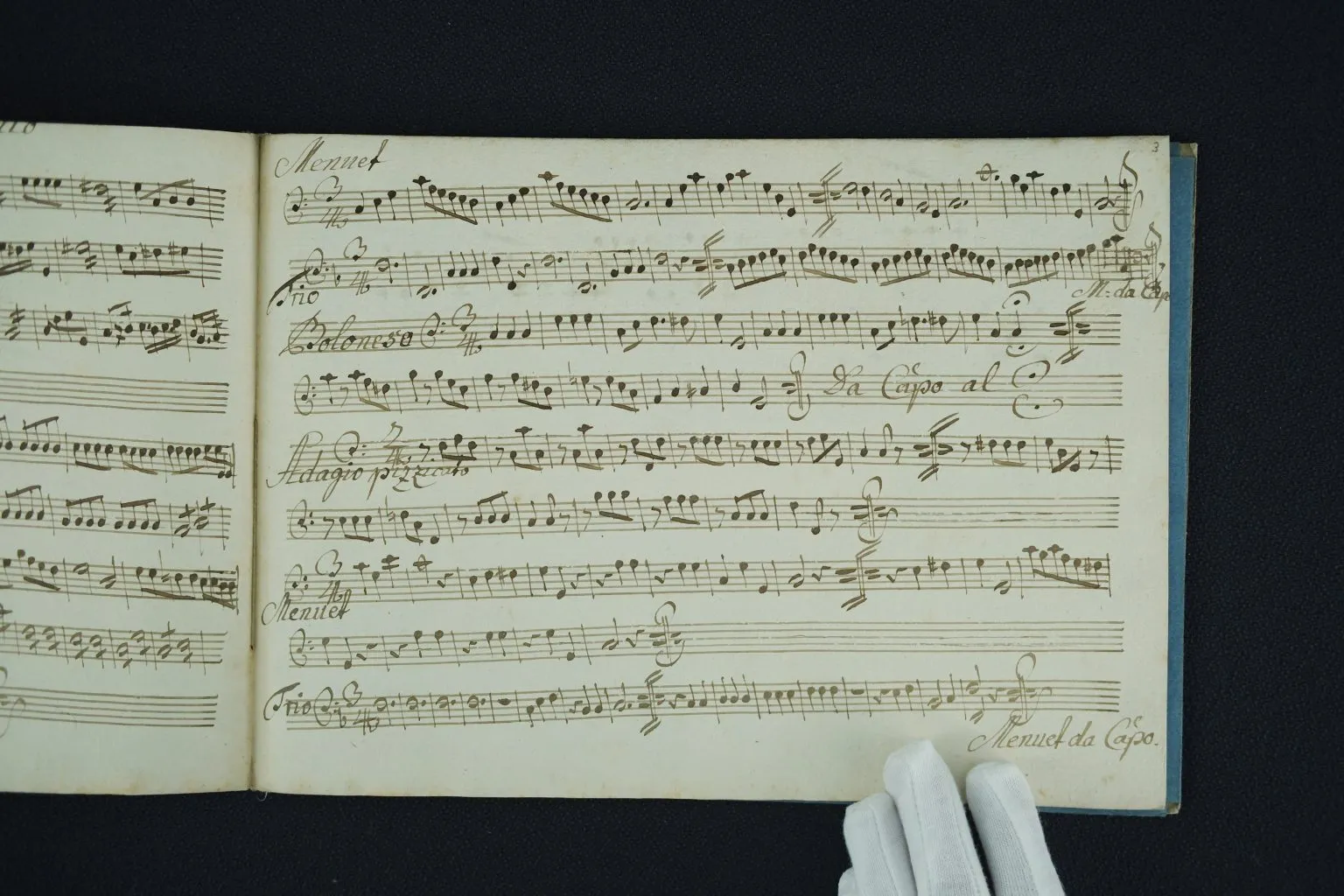
But while these lost pieces of artistic creation certainly spark the imagination and leave us wondering about what might have been, it’s still very satisfying to actually have our speculations answered. And the classical music world certainly experienced a very satisfying moment when, in 2024, Mozart’s Serenade in C was unearthed for the first time in centuries.
Join our community of 1.5M readers
Like this story? You'll love our free weekly magazine.





